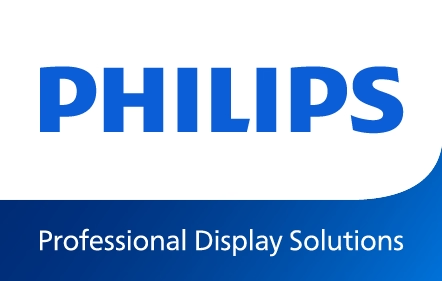Choosing an Android digital signage player: Rooted or non-rooted?
From engaging with customers for sales and marketing through to imparting vital health and safety information, today, digital signage is business critical for many organisations. Implementing secure and scalable solutions is key to operational success and growth. And it's far easier with Philips professional displays with Android SoC, as we find out here from our partner, Telelogos.
When it comes to system security, all connected devices – networked or otherwise – are prone to breaches and failures. Digital signage is not an exception and selecting a system with best practice security is a top priority. So, how do you select signage with the best practice systems that work for your business?
The operating system on a device is one of the most important elements in terms of providing a stable and secure environment for applications to perform tasks. Choosing solutions with an integrated Android operating system, such as the Philips professional display ranges from PPDS, offer a competitive edge – both cost-effective and with a wide range of hardware available.
The way software runs on an operating platform can also vary, with options for either a rooted or unrooted Android system. This is often determined by the manufacturer of the display itself.
Rooted or unrooted? A platform unravelled
In simple terms, rooting a device means removing some of the built-in security barriers of the operating system, giving the application full access to the device settings and system without requiring administrator permissions. Selecting whether to choose a rooted or unrooted system can have important consequences.
Security
Operating system – Accessing the ‘root’ allows the user to alter the device experience by customising software and themes, but this also removes some of the system’s native security features. A non-rooted platform allows better security management, limiting system changes to trusted sources.
Authorised applications – A rooted operating system allows the installation of any application from any source, including unsupported ones. Selecting a non-rooted operating system provides a level of security that imposes that all applications are validated and installed only by an approved user or a device management agent.
Integration into a secured network – A rooted device within a network may create a weakness in the network’s security, creating an unsecured entry point that makes it possible for malicious applications to penetrate the otherwise protected network. Many corporates and public organisations will only allow a device with a secured operating system to be installed on their network. A non-rooted operating system is more likely to comply with network security policy requirements.
Hardware warranty
A rooted operating system allows system changes to be made by unknown users or applications, increasing the potential risk of ‘bricking’ the device – crashing it to the point it becomes as connected as a brick and rendering it unusable. In this case, the user will be responsible for permanently damaging the device and the manufacturer warranty will be void.
Remote management
Root access allowing any application or system change to be made locally on the device without any checks on how or where those changes came from, which can lead to security breaches. For best practice system operations, remotely managing and administrating a digital signage player securely, a non-rooted operating system is essential. This means that the device management tool you select should be digitally signed and authorised by the hardware manufacturer to perform major tasks (silent installations reboot, etc.).
Your best practice system security – non-rooted Android OS
When selecting digital signage and the systems it runs on, security should be a key concern. In order to have a secure and stable Android digital hardware/software solution, at Telelogos we strongly recommend a non-rooted operating system with digitally-signed applications (CMS software, remote management tool, etc.).
Philips professional displays from PPDS incorporate a built-in, non-rooted Android SoC – designed for flexible and agile content management and your system security.
Find out more about Telelogos and our partnership with PPDS, here.


